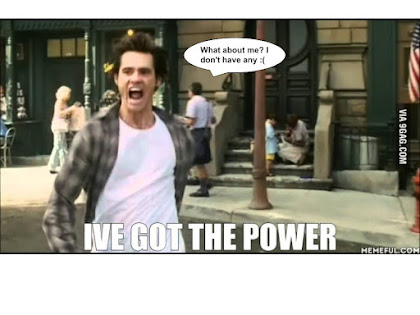Who: Anyone can change their linguistic style, regardless of the power that they hold within an organisation. This topic may be more important to people that have a higher, more important role in the company.
What: The Power of Talk concerns what one says, and how they say it. The what can be anything: a business meeting, a phone call, a conversation with a co-worker, etc. The how, however, concerns a variety of factors: what tone is used, how loud words are spoken, word choice and connotations, etc. The ways that one talks are largely influenced by the culture that they were raised in and are in now.
When: changing the way that one speaks can be applied anywhere. It can be applied to bosses, influencing them to see the side that is being presented, or talking more formally, showing them respect. It can be applied to co-workers of the same rank, where more personal discussion might take place.
Where: Generally, changing talking habits occurs at work, but it can occur in a variety of situations. It can occur when going to meet a significant other's parents, for example, or discussing a topic with a professor. It is important to remember that every relationship has a persona that is taken on between the two people. This persona will likely not be the same if one of the people interacts with someone else.
Why: Learning to change one's style of talking can have major shifts in acceptance among peers and coworkers, and can make them more likely to take the speaker's side. One example that has come up in recent years is learning to adapt to people's pronouns: asking people how they would like to be referred to rather than simply assuming. This can help to make people feel more accepted in a workplace, and allow it to be a place of work where all people can be comfortable and thrive. Additionally, word choice and tone can aid the speaker to influence the audience to take their side. This is important, especially at business meetings. Time, place, and setting are everything in speech.
I included this work in my Final Portfolio submission because its contents can be utilised in all communication settings, not purely a work environment. One's talking style is something that is not thought about often by people, yet it plays a huge role in one's interactions. I used a 5 W format for this topic because it allows me to break down each component. I feel like this was the best mode to get my point across; the other modes simply would not capture the complexity of the topic. The theme of humanity is repeated in this submission, by breaking down who needs to hear it, and how it can be applied to interactions with ALL people.
.jpg)
.jpg)







